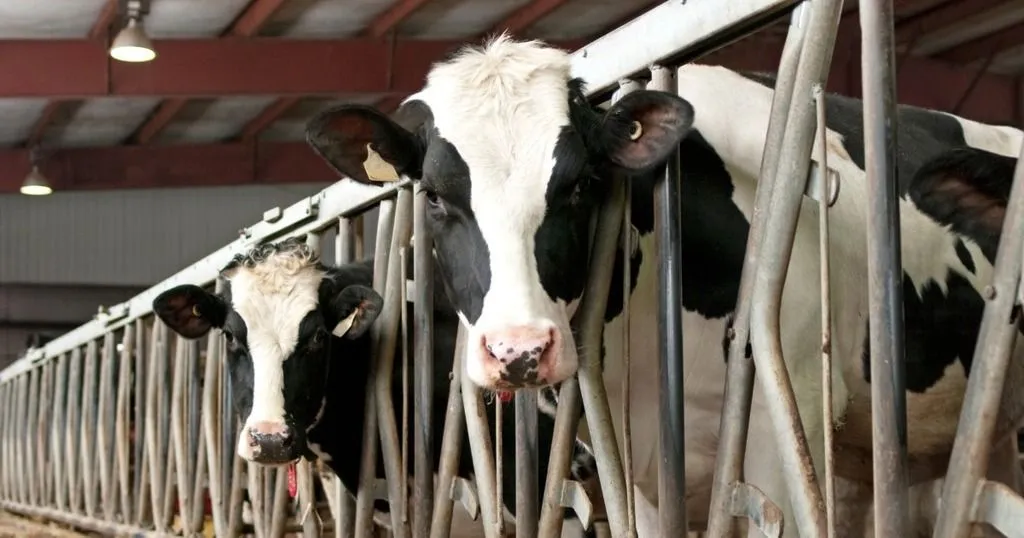Every new parent is acutely aware that good nutrition is important for babies and young children. Even before the baby is born that is important. For example, iron deficiency in pregnant mothers can impair cognitive and motor development. Studies from the Dutch 'hunger winter' during the Second World War have shown that if the mother is malnourished, that can lead to obesity in the adult child, and that tendency can even be passed down to the next generation.
Even though there is a lot known, that isn't to say that there isn't a lot of uncertainty. Some studies came to the conclusion that ADHD (Attention Deficit Hyperactivity Disorder) is caused by eating too much sugar or foods with certain additives. However, if you have a closer look at the methodology of those studies it is not so clear. The additives used were at unrealistically high doses and perhaps the children ate more sugar because they were more active, not the other way around.
More recent studies with double-blind design and a control group didn't reach the same conclusions. The jury seems to be still out on that question.
Complex phytobiochemistry
One of the reasons that research on this question is so difficult is the enormous complexity of the issue. Not only is our digestive system very complex (for instance, with all sorts of interactions with the immune system, and even behavioral effects) but food itself is complicated.
Take for instance Hop (Humulus lupulus, photo below). That is a plant native to much of the world. It is cultivated on a large scale and has been grown for over a thousand years because it is the ingredient which gives beer its bitter flavor. However, it does not just have chemicals which are bitter, but a whole range of other special chemicals with various interesting properties.
Already in 1158, the botanist, composer and Abbess Hildegard von Bingen showed that it had antimicrobial properties. Of course, she didn't call it that, but she did prove that it prolonged the shelf life of beer. It was also already known by then that it increased gastric juice volume (without changing its acidity), and has anti-inflammatory properties.
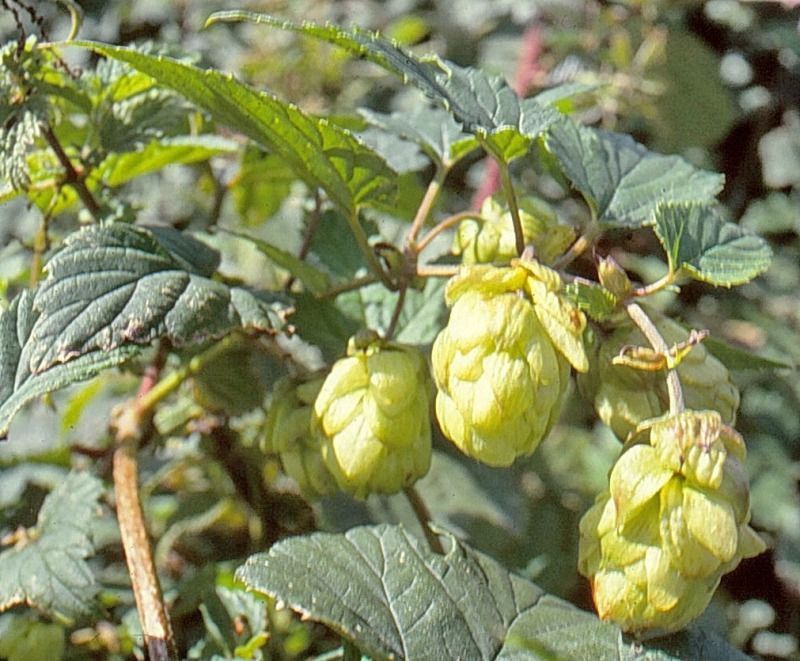
Nutrition and behavior
Does Hop also have an effect on behavior? Clearly drinking beer does, but what about Hop itself? It has been claimed for centuries that it can have a sedative effect and traditionally has been combined with more powerful herbal medicines such as Valerian to aid sleep. Modern studies have confirmed that idea. Even drinking non-alcoholic beer can have mild sedative effect.
But where modern interest has been more stimulated is that it is also full of antioxidants. Free radicals (a sort of toxic reactive chemical which the body naturally produces) can possibly be damaging, and even lead to all sorts of diseases such as cancer and premature aging. This is called oxidative stress.
Super foods
The idea is that if you eat more antioxidants, this boosts the body's ability to counteract those free radicals, protecting against disease and reducing stress. That idea is strongly promoted by those selling "super foods", but actually there is little scientific evidence for it and the studies are inconclusive. Even less is known about the role of antioxidants in young children.
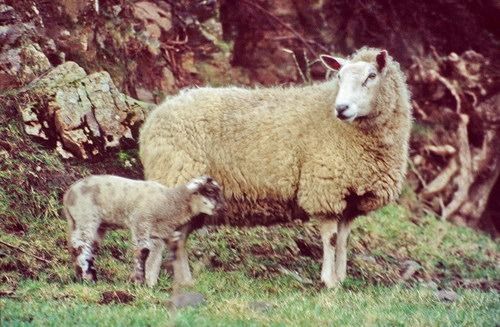
If we don't fully understand all the ins and outs of the relationship between nutrition and healthy growth of children and adults, we know even less about the interaction of different foods on the health and welfare of young animals. Can plants like Hop be used to increase their health and welfare and reduce their stress?
The LIFESTART project
LIFESTART is a new project which is investigating these questions. The consortium has a diverse and complementary set of partners. Trouw Nutrition is the project leader, and they are primarily interested in the practical application of the knowledge generated. Can they develop innovative high-quality, high-value food supplements from natural sources (like Hop) which will reduce stress and benefit the welfare of young farm animals?
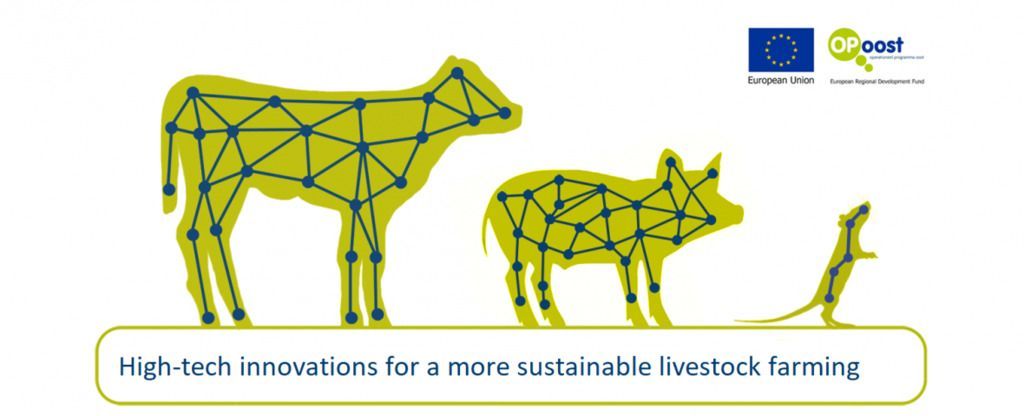
Wageningen University will research the effects of nutrients on the intestines of the animals and develop new biomarkers and diagnostic methods to better measure its all-important barrier function. Radboud University Medical Center will develop their rodent models using a new battery of tests to measure the behavior of young pups, enabling deeper insights than when working with slower-growing animals.
Noldus will develop new instrumentation for measuring the health, welfare and behaviors of both the young farm animals, and the rodents so that the effects of the nutrition on the animals can be accurately monitored. One of the ways that they will do this will be by integrating with the technology of the final partner, Sorama. They have sound cameras which will be able to pinpoint the vocalizations of the animals, so allowing quantification of their individual communication, even when many animals are together.
Once the project gets going, the main results will be published here.
Reference
For a fascinating review paper all about the phytobiochemistry and more of Hop, see
Karabín, M., Hudcová, T., Jelínek, L. and Dostálek, P. (2016), Biologically Active Compounds from Hops and Prospects for Their Use. Comprehensive reviews in food science and food safety, 15: 542-567. doi:10.1111/1541-4337.12201.
Related Posts
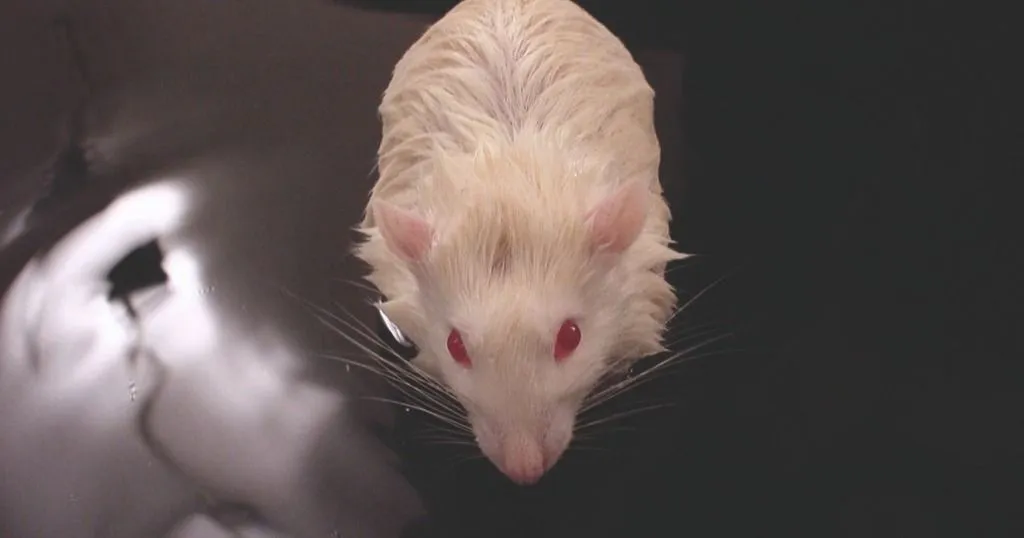
Three examples of swimming rats in traumatic brain injury research (TBI)

Interspecific aggression: spotted dolphins vs. bottlenose dolphins

